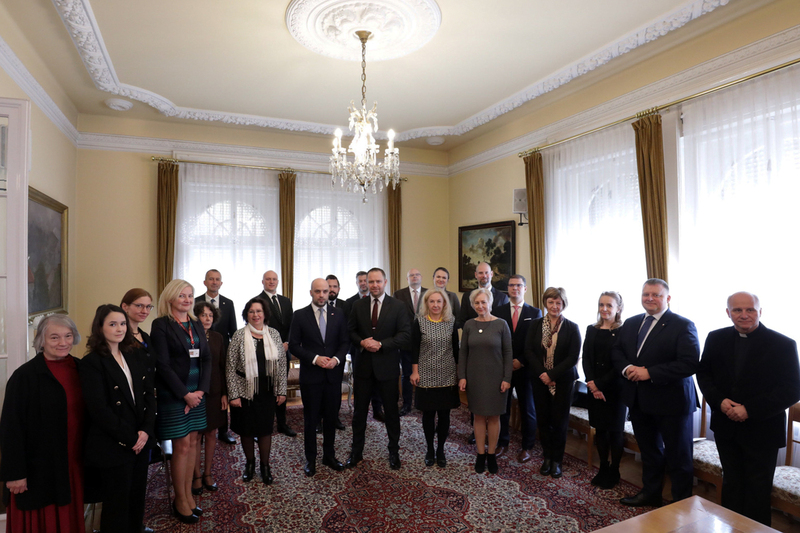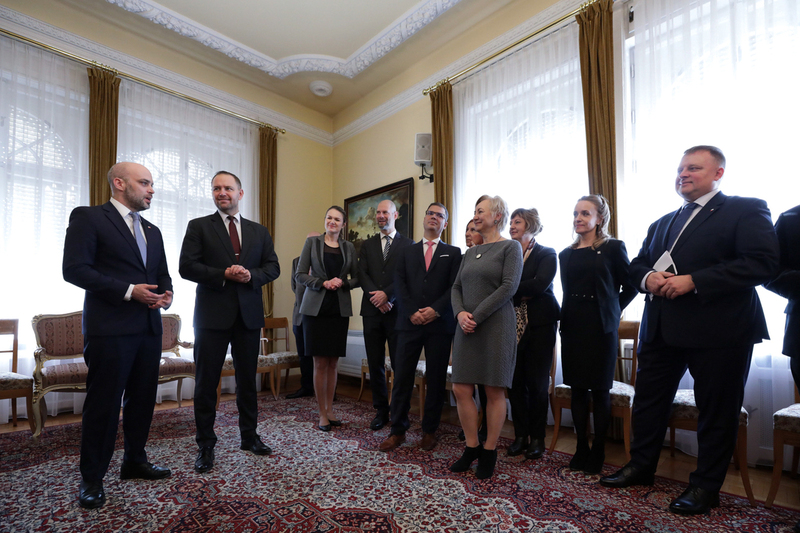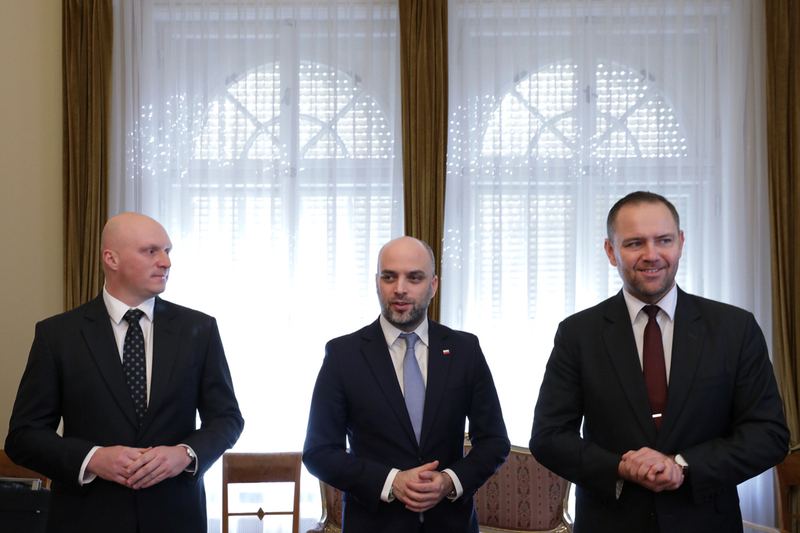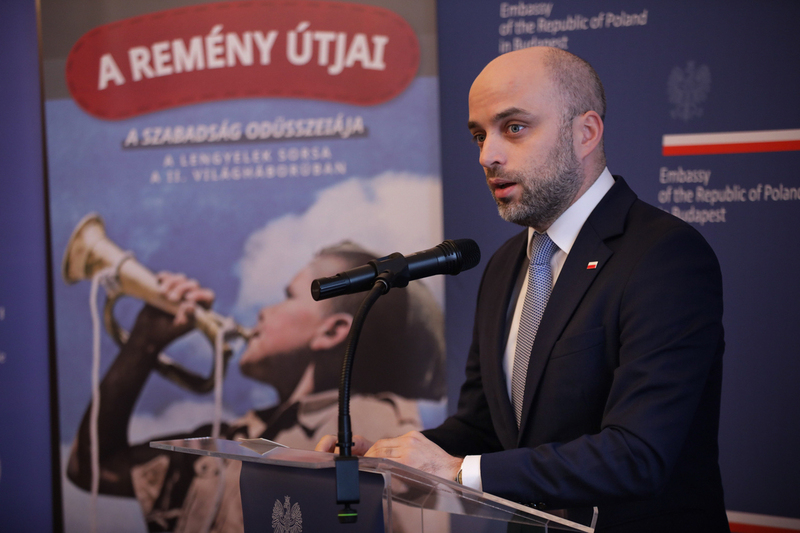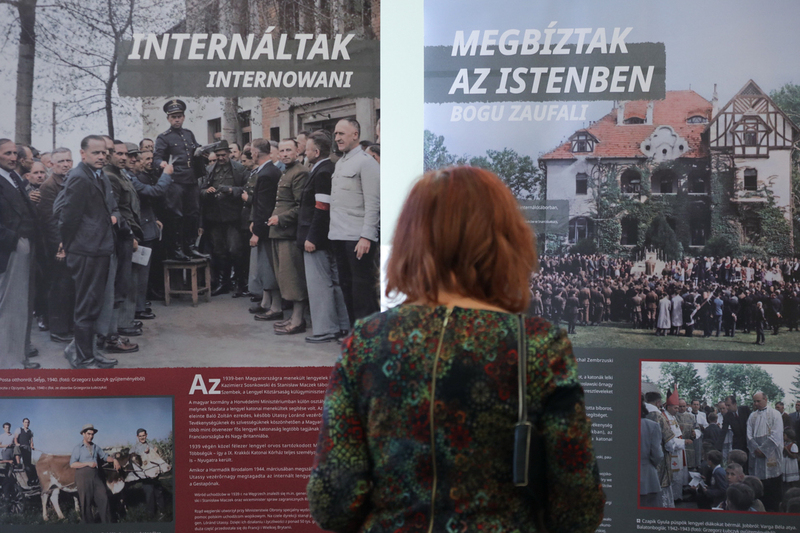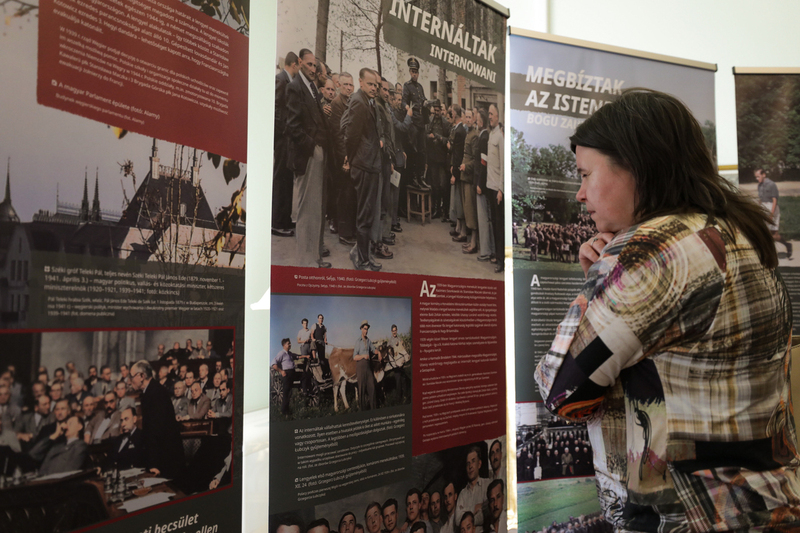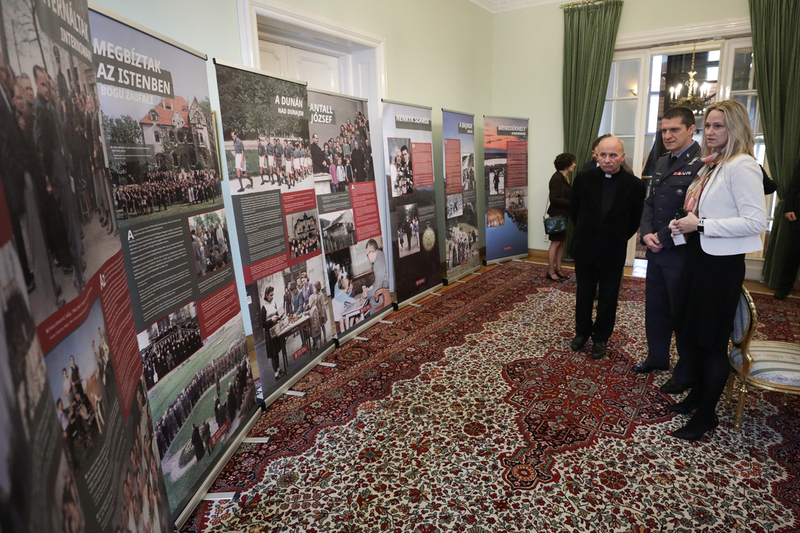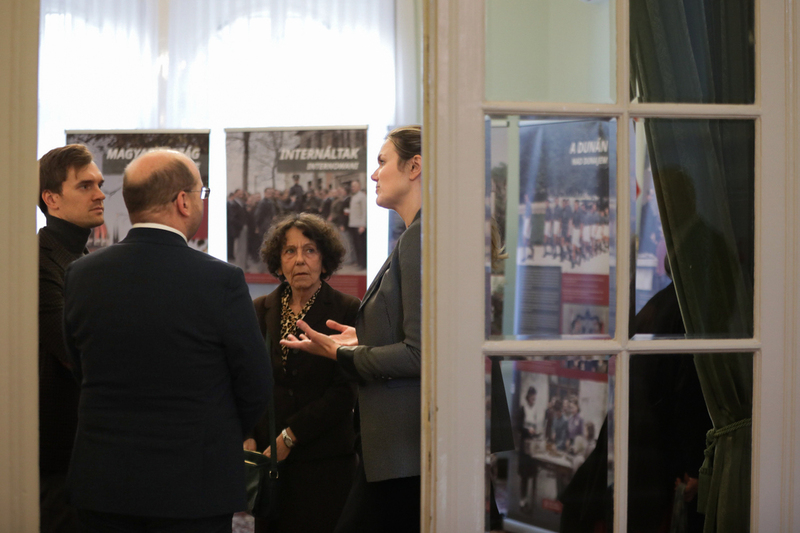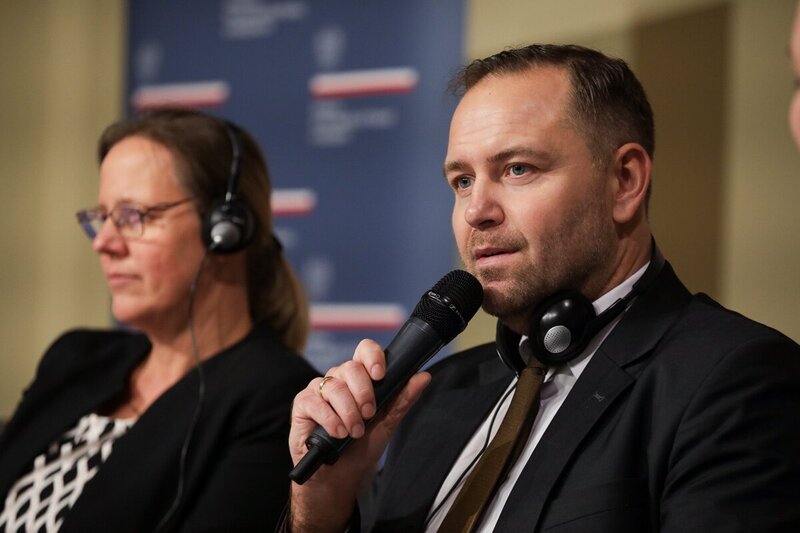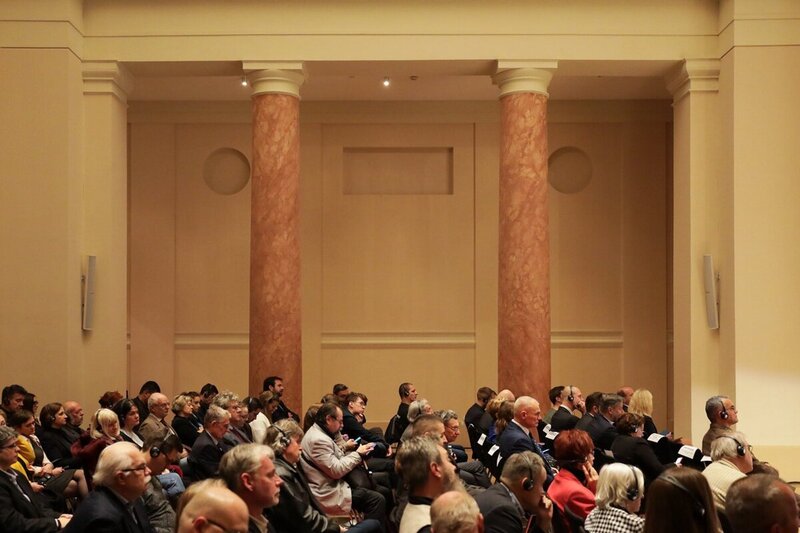On 23 November 2023 the IPN President Karol Nawrocki opened our History Point on the premises of the Polish Embassy in Hungary, and with it, the "Trails of Hope. The Odyssey of Freedom" exhibit, telling the World War II story of Polish soldiers and civilians who ended up on Hungarian soil. Also present at the opening were Ambassador Sebastian Kęciek, local Polish Institute Director Dominika Teske and Head of the History Point Office Łukasz Witek.
Opening the new History Point and Hungarian edition of the IPN flagship project, President Nawrocki said: "Many stories are waiting to be told, and that’s the role of the History Point in Budapest . . . We are also opening the 'Trails of Hope. The Odyssey of Freedom' exhibit, which is to be one of the tokens of our gratitude to Hungarians for the kindness they showed Poles in 1939, and for their friendship, dating back, as Stanisław Worcell pointed out, to the 19th century."
The IPN flagship "Trails of Hope, the Odyssey of Freedom” project aims to commemorate the military effort of the Polish Armed Forces during World War II and the stories of civilians evacuated from the USSR with the Anders Army. Launched in March 2022, it has already visited dozens of cultural institutions worldwide, and that journey is far from over. Every exhibit is tailored for the location: in addition to the general panels, it comprises local history.
Find out more about the "Trails of Hope. The Odyssey of Freedom" project
On 23 November 2023 afternoon, an academic conference on the historical policy of former Eastern Bloc countries was held at the Budapest University of Public Service of Hungary, featuring the IPN President Karol Nawrocki, Polish Ambassador Sebastian Kęciek, Head of the Hungarian Committee of National Remembrance (NEB) Réka Földváryné Kiss, and Director od the local Polish Institute Dominika Teske. As the IPN President stressed, the experience of communism became particularly painful for Poland, which – devastated after the German occupation – was enslaved by the Soviet Union after World War II. After 1945, Hungary, like Poland, shared the difficult experience of communist captivity. The memory of those times binds the two nations together.
-
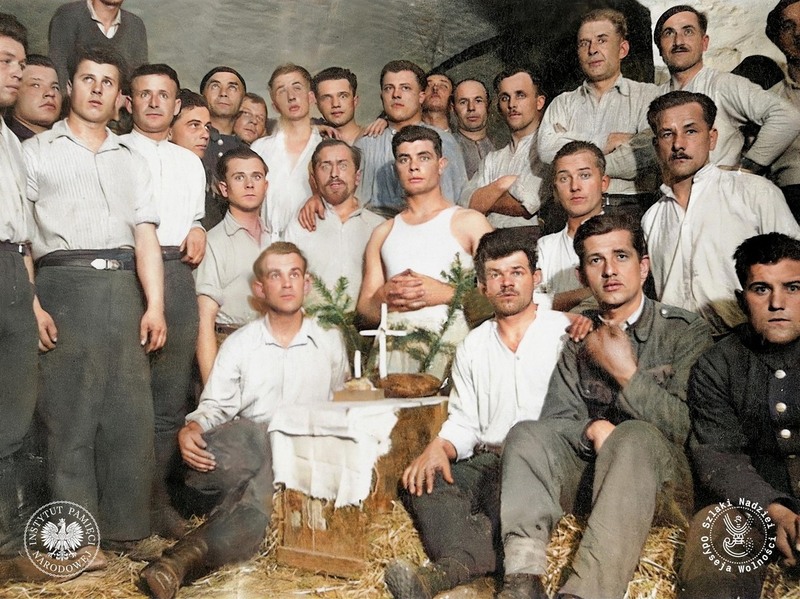
Poles during the first Christmas Eve on Hungarian soil, Komárom camp, 24 December 1939 -
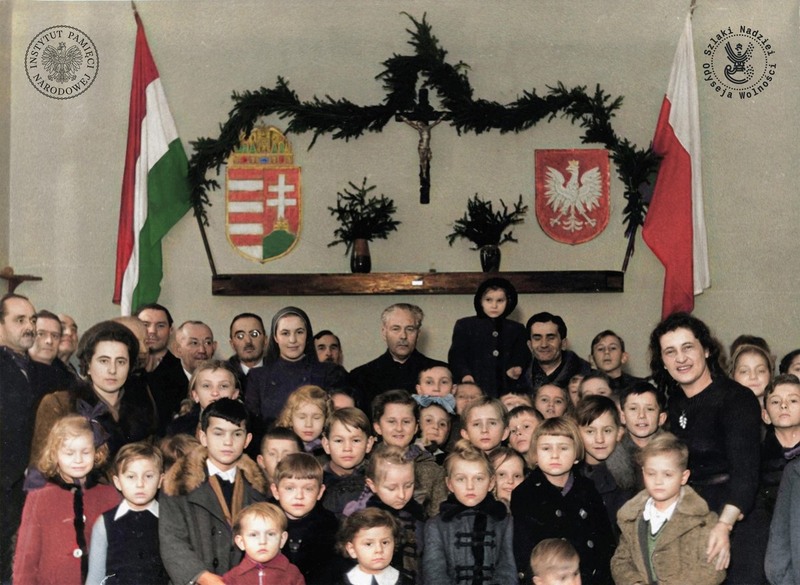
József Antall and other guests among Polish youth in Keszthely (IPN Archive) -
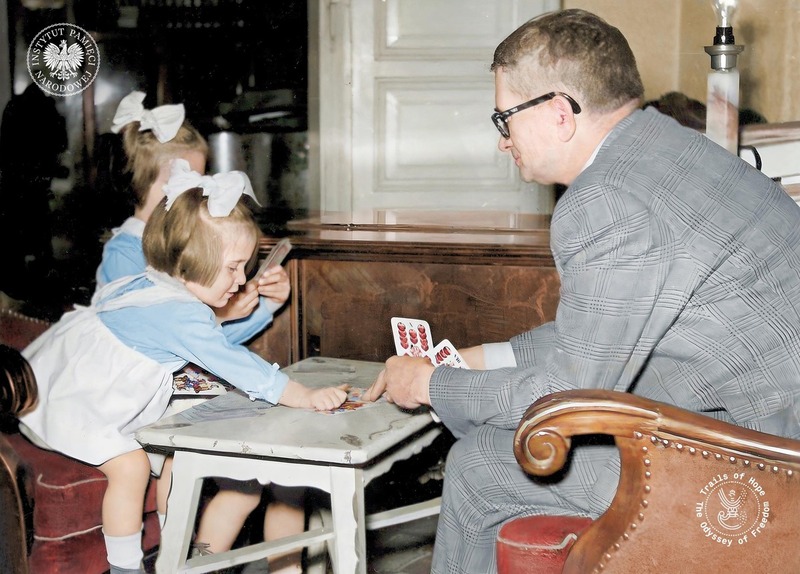
After the war, József Antall was Minister of Reconstruction in the governments of Zoltán Tildy (November 1945 to February 1946) and Ferenc Nagy (February 1946 to July 1947). In 1949 he withdrew from political life. He died on 24 July 1974 in Budapest -
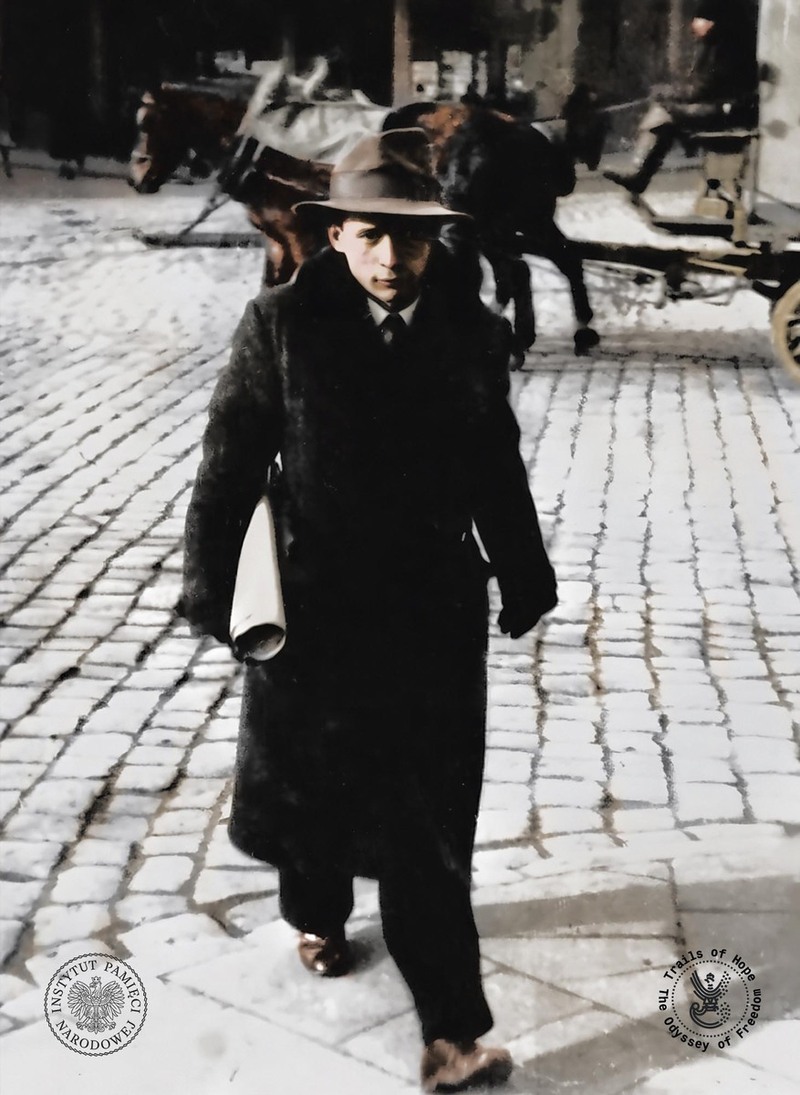
Polish painter, sculptor, and designer of stained glass windows Karol Malczyk in Cracow, probably 1938 or 1939. After the outbreak of WW2 together with his brother and father they crossed the Hungarian border. They settled in Zamárdi, where they taught at a Polish secondary school for refugees.
The times of World War II were one of the greatest tests of Polish-Hungarian brotherhood. As the year 1939 saw an attack of Poland by Hitler becoming an ever more probable reality, the Hungarian government, even before the outbreak of the war, put it to Berlin very clearly: In case of a German-Polish military conflict, Hungary seeks to operate at its liberty and not support the aggression by Hitler. The Hungarian Minister of Foreign Affairs in 1938-1941, István Csáky, stated: „In no case will Hungary take arms against Poland”.
Csáky also assured the Polish representative in Budapest, ambassador Leon Orłowski, that Hungary would never fight against Poland. Hitler was also informed by the Prime Minister of Hungary Pál Teleki about the standpoint of his government on the German plans to invade Poland: “I am pleased to inform Your Highness, that Hungary, if there is no drastic change in the current circumstances, for moral reasons sees no possibility of an armed aggression on Poland.” Pál Teleki stood once again on the Polish side when it mattered most. The first time was in 1920, at the height of the Polish-Soviet War: Teleki’s government sent north millions of rifle rounds, artillery shells and other supplies, which helped Piłsudski’s troops defeat the Red Army.
Despite the pressure of Berlin the Kingdom of Hungary did not contribute to the German aggression on Poland in September 1939. Hungarians sheltered thousands of Polish civilian and military refugees and secretly supported the evacuation of Polish soldiers to France where the new exiled army was about to form under the command of gen. Władysław Sikorski. The Germans had a well-developed intelligence network in Hungary so the evacuation operation had to be conducted with much caution and secrecy. Luckily for the Polish cause, until November 1939, the Hungarian authorities did not create the records of the interned Poles, which made it very easy to escape from the camps.
In addition – due to the policy of balancing ever more strongly adopted by the Hungarian government (to seek arrangements with the Allies despite the union with the Third Reich) – the role of the relationships between Budapest and the underground structures of the Polish Underground State and the Polish government in exile, which acted as intermediary in the contacts between Hungary and the Allies, gained importance.
The Poles’ situation in Hungary became the thorn in the side of pro-German politicians and Germans themselves. Based on the Hungarian law several people stood trial for helping Poles in making their escape. However, no punishing sentence was issued. Based on the decision of the minister of defence the court ruled that the help given to Poles intending to leave Hungary was not aiding the escape of prisoners or an anti-state act, since Poles were not prisoners of war, but representatives of an allied nation. When the 1944 Warsaw Uprising broke out the Germans tried to persuade the commander of the Hungarian 1st Cavalry Division deployed near Warsaw to fight against the Polish insurgents. Their request was firmly denied due to moral reasons.
The theme of the WW2 Polish-Hungarian cooperation will be featured in the IPN exhibition “Trails of Hope. The Odyssey of Freedom” to be opened on 24 November in the Polish Institute in Budapest. It not only presents the odyssey of Poles during WW2 and the effort of the Polish Army in the West but also has a local version prepared for the specific country in which the exhibition is shown. The Hungarian edition of this IPN flagship project features names like Henryk Sławik and József Antall who rescued thousands of people during WW2 or Stanisław Marusarz a pre-war multiple Polish ski-jumping who found shelter in Hungary.
